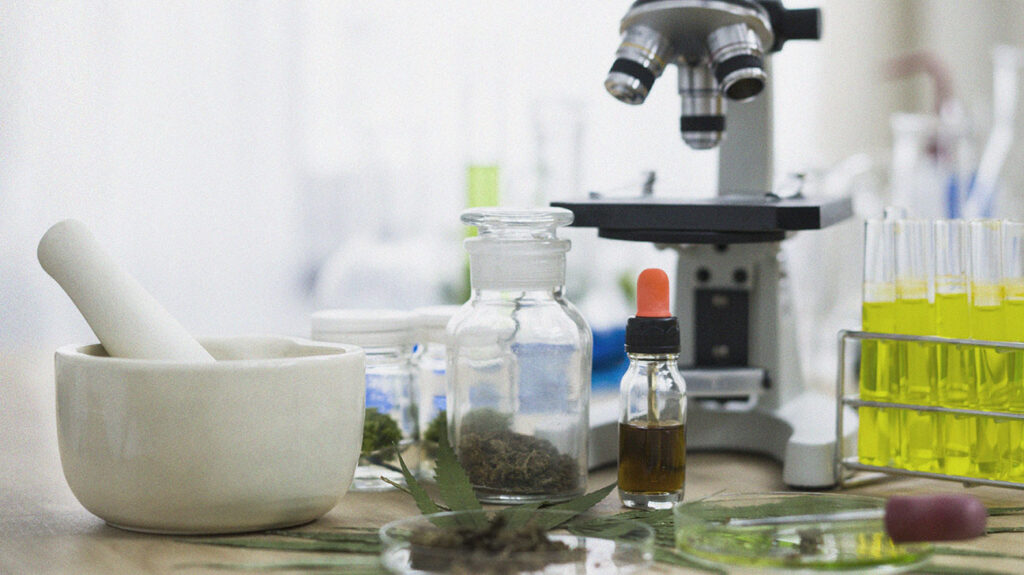
Subjective effects of THC vary widely and can be affected by many factors including the individual's biology and past use, tolerance, mood and environment. These facts will help you to understand the effects THC has on your body. If you'd like to try marijuana or any other substance that contains cannabinoids, read on to learn more. Don't forget my blog for more information. You can also read more about cannabis-related products.
Cannabinoids
Cannabinoids, which are compounds found in cannabis, can be described as "cannabinoids". They can have a variety of effects on the immune system. Some of these effects are attributed to their secondary modulating effects. High doses of THC can cause cell death, or apoptosis. Similarly, THC may disrupt fundamental events in gestation. This is why cannabis has become so popular in medical and recreational use. These compounds not only have medicinal benefits but also offer a variety of health benefits.
In addition, the endocannabinoid system may be a potential therapeutic target. Cannabinoids may be capable of reducing or even curing many brain diseases by targeting the endocannabinoid pathway. Additionally, cannabinoids might have pain-relieving or anti-inflammatory properties.

Chemical make-up
THC is a psychoactive chemical found in marijuana. THC has a chemical make-up that is C21H30O2. There are many structural isomers for THC. The triple bond isomer has the same chemical formula as THC, but only one double bond. This double bond determines the level of psychoactive effect and determines the type of THC isomer. Below are some differences between the isomers.
THC's chemical make-up is complex and difficult. THC-COOH is a carboxylated compound. This makes it more lipophilic than other drugs. Because of this, it is not useful for driving or operating machinery while high. THC is touted as having some health benefits, such its use for treating epilepsy and eating disorders.
Effects on the brain
The brain effects of THCC are many. The brain is capable of changing the sensitivity of receptors to chemical messages. It can also modify the density, conformation, availability, and availability receptors. These changes are the result of interactions between nerve cell and neurochemical activators. Receptors will decrease when there are high levels of neurochemicals, while receptors will increase when there is less. These changes occur because of the environment in the brain that develops and processes information.
Brain development begins at an early age and continues throughout life. The nervous system's structure is in its earliest years, which is when most of the dramatic changes occur. Two key steps in establishing brain structure are the development of synapses, and fine-tuning neuron. It can cause a wide range of neurological disorders if this process is interrupted. These effects can be severe or not-existent, but they could also be milder.

Long-term effects
While the long-term effects THC may not be known, evidence is mounting that suggests it could have adverse effects on the brain as well as behavior. THC has been shown to alter dopamine in animal studies and increase the firing of nerves. Human studies are inconsistent. There could be many reasons for these variations. One reason for this is the absence of consistent human trials.
THC has many components. The brain is complex. THC's effects on the dopamine system may be neurotransmitters, which help regulate mood, learning and memory. The human study of THC dosages does not show that they consistently cause significant dopamine changes. A standard joint contains between 8 and 15 milligrams THC. Animal studies usually use one milligram per kg.
FAQ
Is CBD a good place to invest?
As hemp-based products gain popularity, so does the market. The market for hemp-based products could reach $1 billion by 2022, according to estimates.
It is also expected that the market will continue to grow at an annual rate exceeding 20% through 2020 when it reaches $2.5 Billion.
Hemp oil has been used in many beauty products and health care products including creams, lotions.
A number of companies produce CBD-infused beverages, pet foods, dog treats, snacks, and other food items.
CBD is currently legal in all 50 states, although this may change soon. More research into CBD's potential uses will be done, which will make it easier for businesses and law enforcement to do business legally.
These are just a few of the many reasons CBD investment can be lucrative.
How can CBD products be promoted in a legal manner by CBD companies?
The FDA doesn't regulate hemp as an agricultural commodity. However, the agency regulates all other cannabis derivatives (e.g., marijuana) under the Controlled Substances Act. CBD is not covered by any regulations.
CBD is legal in 29 states. Federal law, however, still considers it illegal. This uncertainty is a problem for CBD-product sellers.
The FDA also sets strict guidelines about how CBD products are promoted. For example, they must clearly disclose any product's THC content. Companies cannot claim CBD is effective in treating certain medical conditions without supporting evidence.
Additionally, the FDA requires manufacturers submit information about manufacturing practices and quality control. They also require companies to conduct clinical trials to prove safety and efficacy.
These factors are crucial for companies to consider when developing their marketing strategies.
Which countries produce the highest quality CBD?
The United States is home to the greatest number of CBD products.
Canada, Australia New Zealand, Israel and New Zealand also produce high-quality CBD product.
What conditions can CBD treat?
The most important thing for any treatment to have an effect on is the person's health condition. You must have a prescription from a doctor before you use cannabis oil as medicine. If you don't have a doctor's prescription, it is illegal to use cannabis products.
There is no need for a prescription if you are using cannabis oil in a healthy way. However, you may want to talk to your doctor first just to make sure they agree that it would be safe for you to take it.
The cannabis oil can be made from whole plant extracts (THC and CBN), or it can be isolated compounds called marijuanaoids (CBN and CBN). They are rich in cannabinoids (CBD), tetrahydrocannabinol(THC) and cannabinols (CBN).
These components interact with receptors found throughout the body to create effects including pain relief, stress reduction, and anti-inflammatory and antioxidant properties.
Which states have the highest CBD intake?
The top three states are California, Colorado, and Oregon. These states are home to large populations with high incomes and low unemployment rates. These states also have higher amounts of hemp farms than other States.
California is the leader because its economy is heavily dependent on agriculture. It produces much of the nation's fruits and vegetables. This makes sense because cannabis is extracted from the same plants as hemp.
Oregon and Colorado closely follow because both countries produce marijuana for medicinal purposes. California does not allow for recreational use.
Other high-ranking states include Washington, New York and Florida.
Statistics
- A recent study [161] also found that in vitro CBD treatment (i.e., ≤ 2 h exposure to 10 μM) induced ~40% vasorelaxation in isolated (pre-constricted) (ncbi.nlm.nih.gov)
- HR −16 mmHg; 95% CI −26, −6; I2 = 92%) (ncbi.nlm.nih.gov)
- The inhibition of FAAH is predicted to lead to an increase in brain and plasma concentrations of AEA, which acts as a partial agonist at CB1R and CB2R, thereby increasing endocannabinoid tone [92, 110]. (ncbi.nlm.nih.gov)
- A recent systematic review of human trials also reported that individuals with epilepsy receiving CBD (5–20 mg·kg−1·day−1) were more likely to experience decreased appetite than those receiving placebo (i.e., ~20 vs. 5% of patients) (ncbi.nlm.nih.gov)
- OralWhere HED is the human equivalent dose, and Km is a correction factor estimated by dividing the average body mass (BM) of the species (60, 0.020, and 0.150 kg for 11 humans, mice, and rats, respectively) and by its surface area (see: Nair et al. (ncbi.nlm.nih.gov)
External Links
How To
What are the main issues with the CBD industry.
The market for CBD is growing at an astonishing rate. There are many hurdles businesses face when trying to enter the CBD market. These include a lack consumer awareness, high-cost entry, limited access capital and regulatory uncertainty.
Many consumers do not know what CBD is or how it works. They are unable to make an informed decision about buying CBD products.
As a result, most CBD companies rely heavily on word-of-mouth marketing. This can be costly as it involves advertising and staffing to promote the brand.
The high production costs are another issue that new entrants to the CBD industry face. High prices are a major problem for CBD products because of the high cost of raw materials. CBD oil can only be made if hemp is grown in the right climate and soil conditions.
For CBD oil to be produced, you need to plant enough hemp. This costs about $1,000 an acre. Many small farmers are unable or unwilling to invest in this product.
A lack of capital access is another issue that new entrants will face in the CBD marketplace. Many people who want to start a business are discouraged by banks due to the stigma associated with the industry.
Last but not least, there is regulatory uncertainty regarding the sale and distribution of CBD products. There are currently no guidelines on how CBD products should marketed.
Some states have passed legislation restricting the sale of CBD products, but this has yet to become national policy.
Only two states, Nevada and Maine, have yet to legalize recreational marijuana.
Massachusetts and Michigan have considered similar measures.
These changes could result in increased competition between CBD manufacturer.
These factors have led many entrepreneurs to choose to work remotely rather than starting a physical business.